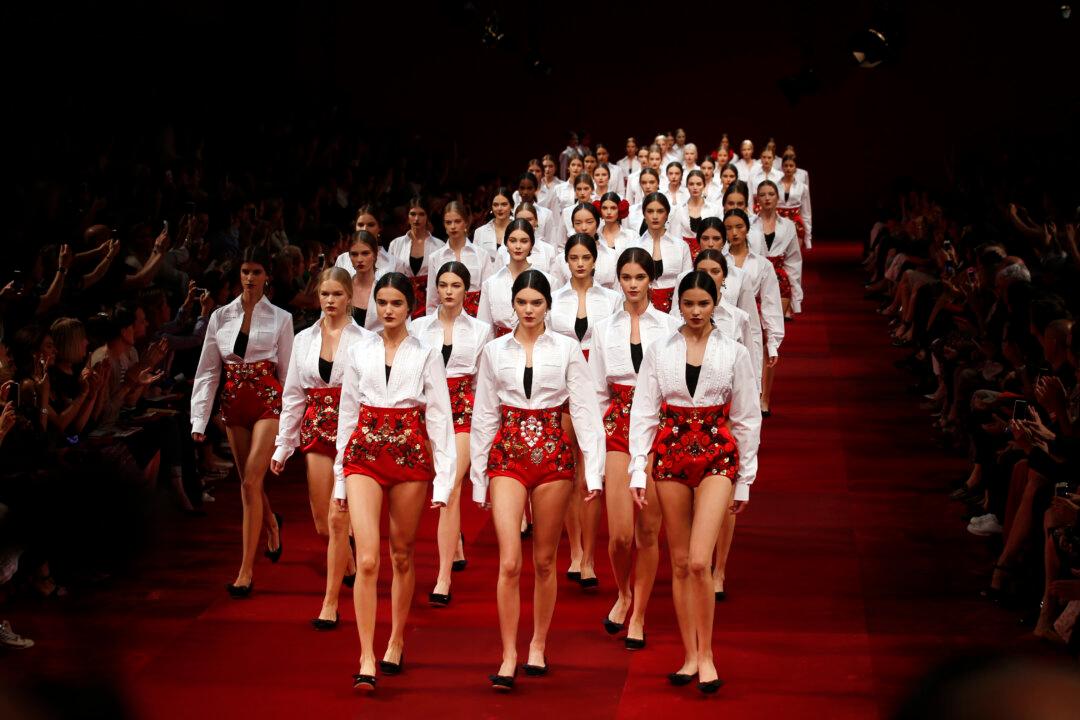Peter Oborne’s dramatic exit from his role as chief political commentator of The Telegraph has sharpened the focus on editorial credibility. While his resignation and the reasons for it have caused a storm of shocked comment from across the media, the issue is not a new one for the consumer fashion media sector.
As Fashion Week reaches its climax, it’s a good moment to think about the insidious shift in power from editorial teams to advertising brands. Today, those brands appear to call the shots on a significant part of the product-based editorial offer in all kinds of consumer magazines.
Responding to the Oborne controversy, veteran newsman and editor Harold Evans was exercised by two aspects of the problem. First he talked about the editorial credibility of the media outlet. His view was that the very credibility of editorial content was what sold ads. He was also concerned about the development of native advertising – what we used to call advertising features or advertorials.
What Evans highlighted was the trust that exists between an editorial team and its readers. Readers have loyalty to publications and websites because they are trusted to select relevant information and edit in the interests of the readers and users. While the loyalty is perhaps now diminishing, it is part of the ethical behaviour of trained journalists to behave in a trustworthy manner.
You wonder what fashion magazine readers would think about the credibility of their trusted editorial teams if they knew that front covers were sometimes paid for – that is, the cost of the shoot, not as an advertising rate – by an advertising brand. That same brand would have input into the location, the model, the grooming and the garments. Inside the fashion magazines, stylists now have to make up creative ideas for the storytelling of an editorial shoot – the garments used are frequently dictated by the PRs of the advertisers, often head-to-toe outfits.

